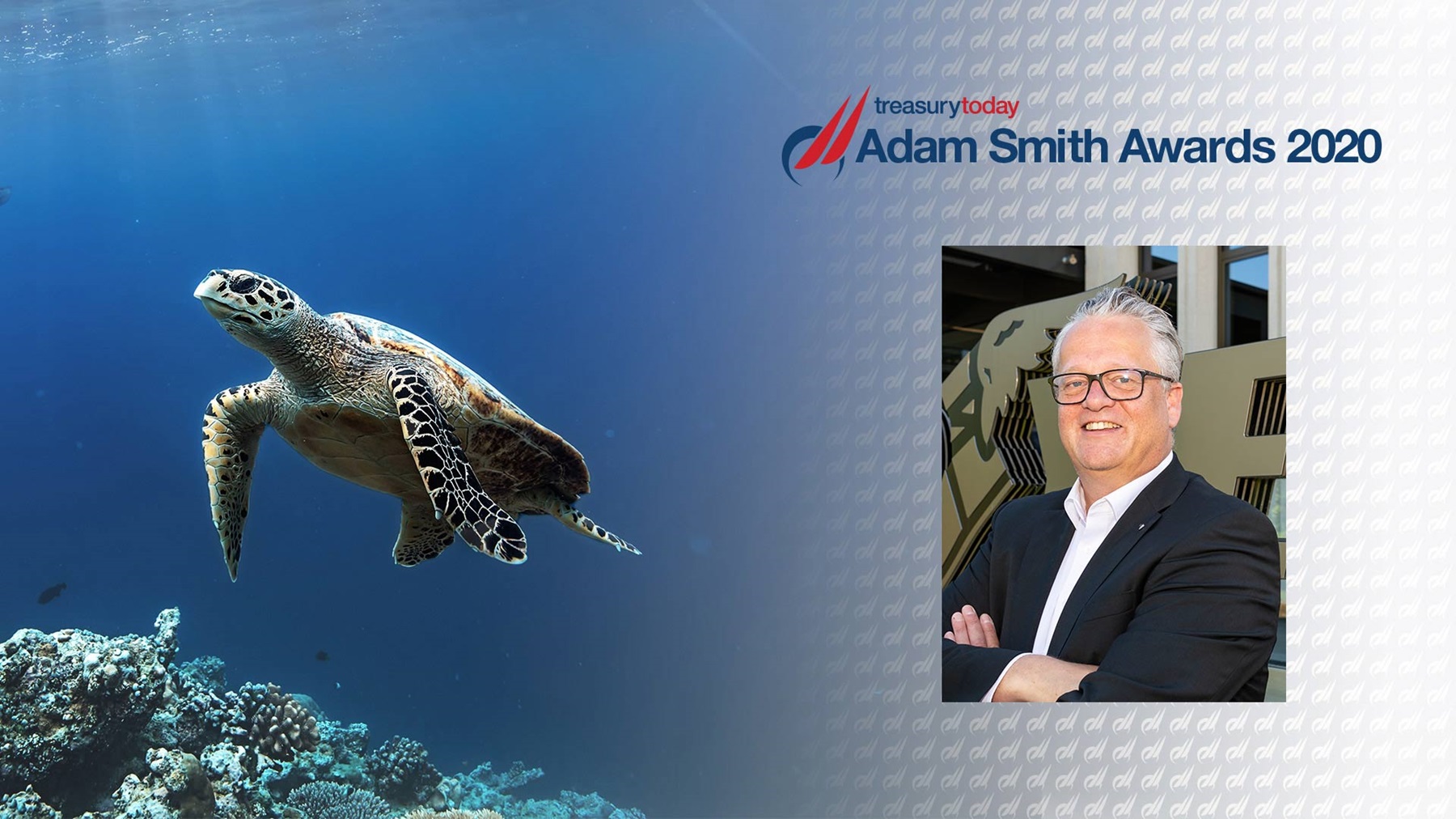
Photo of René Krack, EMEA Manager, Liquidity Management.
René Krack
EMEA Manager, Liquidity Management

Goodyear is one of the world’s leading tyre companies, with operations in most regions of the world. Together with its subsidiaries and joint ventures, Goodyear develops, markets and sells tyres for most applications. In 2019, Goodyear’s net sales were approximately US$15bn, with around US$5bn of this total coming from its operations in EMEA.
MCCC engine delivers solution in ten currencies for this leading tyre company
The challenge
In 2008, Goodyear started to rethink its EMEA cash management structure. The idea was to create a more standardised, leaner structure, giving greater control to the EMEA treasury team based in Luxembourg. The key building blocks of the solution were:
- Migration to the same SAP version for the whole region and the adoption of SAP’s Bank Communication Manager as the preferred communication channel for Goodyear’s core banks in EMEA.
- Migration to XML and payments on-behalf-of (POBO).
- The company opted for zero-balancing (ZBA) in the region, whereby end-of-day balances are concentrated on separate master accounts currency by currency. This was combined with SAP’s IHC module, allowing the company to fully-automate the accounting, interest calculation and POBO model. The foreign exchange positions on these master accounts were handled by treasury manually.
In 2019, the company was looking for a more efficient and automated approach for the overlay liquidity structure. The team compared the pros and cons of a cross-currency notional pool, compared with a new solution based around robotics and automated overnight swaps. After consideration of the risk and balance-sheet implications, the team decided on the second solution.
The solution
The new automated liquidity management solution encompasses the following currencies: EUR, USD, GBP, CHF, CZK, HUF, PLN, SEK, NOK and DKK. Additional currencies could be added to further leverage benefits.
Each day, all participating banks send MT942 information to Deutsche Bank’s multi-currency cash concentration (MCCC) engine. These MT942’s come from multiple source accounts across the region before the cash has been concentrated into a master account. Like most automated solutions, the MCCC engine was created to deal with a high volume of FX information and to initiate repetitive actions, based on parameters that each client can set themselves.
Based on the intraday-statement information, the engine calculates the amount available in each currency to be swapped overnight. The calculation leaves a pre-agreed threshold on each master account as a ‘buffer’ for potential outgoing payments later that day. The time at which the intraday information is sent depends on the clearing cycle of each currency. This, coupled with the cut-off times, ensures the maximal number of transactions can be executed on the same day.
Once the available positions are known, the engine suggests the amount to be swapped per currency upon pre-agreed conditions. Goodyear then approves or rejects the suggested FX swap, after which the engine books and settles the transaction automatically (both internally within Deutsche Bank and externally within the other partner banks).
Best practice and innovation
While the industry has leveraged workflow automation in several different ways, using it for cross-currency liquidity management purposes in combination with robotics represents an innovative approach.
Key benefits
- Freed up additional liquidity.
- Unused liquidity is now available for extra debt repayment, which has led to lower interest costs.
- Increased automation allows treasury to reduce time spent managing liquidity and FX.
“As an alternative to a cross-currency notional pool, we are implementing a new automated cross-currency liquidity structure. At the end of each day, positions on master accounts in multiple currencies are now automatically converted into EUR, using FX swaps to manage and increase EUR liquidity. This allows us to free-up unused liquidity, using the previously idle balances to repay debt and reduce the costs involved in drawing upon our revolving credit facility (RCF),” explains René Krack, EMEA Manager, Liquidity Management.
Listen to podcast